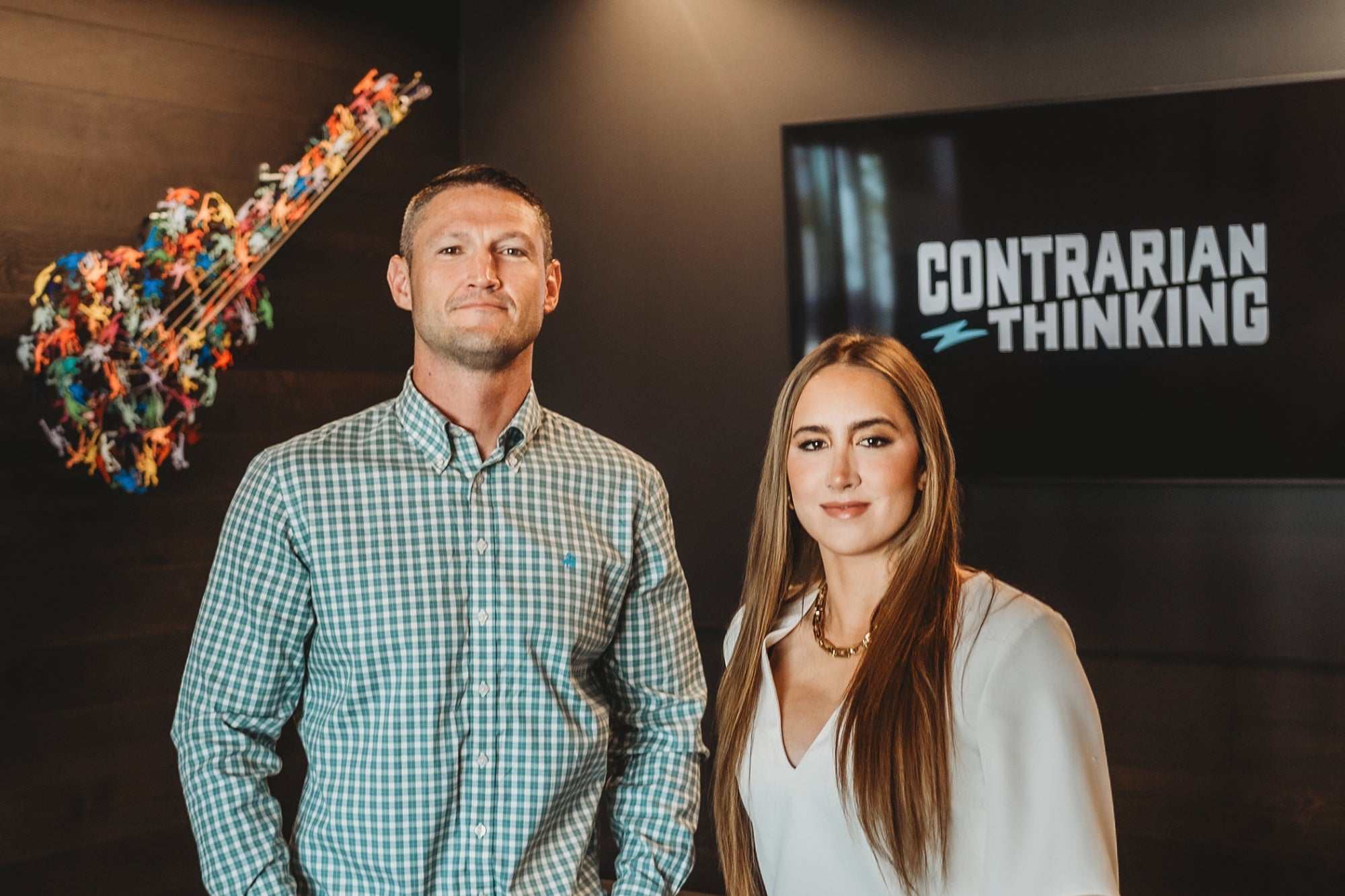The Major Challenges in Making Difficult Business Decisions Your brand too will one day have to adapt to survive.
By Firas Kittaneh Edited by Dan Bova
Opinions expressed by BIZ Experiences contributors are their own.

One of the hardest things for many BIZ Experiencess and CEOs to accept is that their brand will one day have to adapt to survive.
Related: 7 Keys to Making the Right Decision the First Time and Every Time
Many see this as a personal refutation of their vision, especially when the company's core values are involved. Yet adaptation is inevitable, and adaption requires change. And change means making difficult decisions that can alter the course of the company for good.
Large-scale change is especially hard, but it's a reality that BIZ Experiencess must accept to ensure the survival of their company.
Complacency can lead to crippling inaction.
The most significant challenge that surfaces when you make difficult business decisions is having the vision and confidence to make that decision in the first place.
This is especially true when things are going well. Any serious threats may seem as if they are far enough into the future that they can be dealt with at a later time. As a leader, you're going to find it incredibly difficult to pull the trigger on any decision that could have massive ramifications for the company as a whole. But having a lack of conviction in the decision you're making is often fatally worse.
This kind of complacency has been the downfall of several companies that were once as much a part of the fabric of American culture as any others.
There are, of course, two relevant examples to unpack, and they are both as famous as they are illustrative. The first relates to Kodak, the pioneer of celluloid film that preserved the memories of generations for over a century.
At the company's apex, Kodak employed approximately 140,000 people and was one of the most valuable brands in the United States. Unfortunately, management was unable to maintain the business' continued success.
Although Kodak did establish a division in the 1990s to investigate the potential for digital photography technology, its leadership erroneously assumed that the quality of celluloid film would win out over the convenience of digital, and was far too late in anticipating the ubiquity of digital cameras.
Kodak's leaders also neglected to account for the rapid acceleration of smartphone camera technology, which has since allowed even mid-level smartphones to capture high-quality images. Ironically enough, the company once faced a similar decision over whether to sacrifice quality in the adoption of new technology when founder George Eastman made the correct decision to invest in color film, despite its then-lower quality, compared with black and white.
The second example? Blockbuster, which at one point operated 9,000 stores across the globe and had tens of millions of members carrying around laminated blue cards in their wallets. In 2004, Blockbuster saw the potential of DVD-by-mail subscription services, and created one of its own. But demand for this service began to wane almost as soon as it became popular, thanks to massive leaps in broadband data speeds and mobile access that brought digital streaming capabilities to millions of new customers.
While Netflix saw the future and began investing in building a robust streaming library that is today one of the most important factors in the entertainment industry, Blockbuster lumbered along until it was forced to file for bankruptcy in 2010, eventually being sold for a pittance.
Related: Want to Improve Your Decision-Making? Shut up for 10 days.
Blockbuster even had an opportunity to purchase Netflix in 2000 for a paltry sum of $50 million, although it is unclear whether this acquisition would have alerted Blockbuster's leadership to the threat of streaming services that would be lurking at its door in just a few years.
Today, the company is receiving renewed interest on the internet, thanks to the discovery of an intact Blockbuster store in Texas that might make observers feel as though they're in a time warp dating back to the mid-2000s. Netflix, meanwhile, cleared over $2 billion in gross profit for the 2015 fiscal year.
The responsibility of nurturing an entire organization
Thoughtful CEOs understand innately that the decisions they make affect anywhere from dozens to thousands of people. Therefore, they do not take this responsibility lightly.
This sense of responsibility is a beneficial trait because it can cause many leaders to evaluate risks with sobriety, knowing that people's lives are at stake. However, it's crucial to remember that this responsibility doesn't dissipate in the absence of action.
If your company is forced to close because of a leader's inability to make a difficult decision, the employees are hardly in a better position.
Balancing the need to evolve with your dedication to your current business model
To return to the example of Blockbuster, we shouldn't discount the difficulty of the position the company's leaders were in.
Even if they had correctly predicted the primacy streaming would soon take, investing in the needed infrastructure still would have meant closing retail stores and laying off employees -- considering that the convenience of streaming would keep Blockbuster's traditional customers at home.
Related: 10 Steps to Quality CEO Decision-Making
There's no doubt the company's leaders felt responsibility for the business model they had built, but their complete inaction led to total devastation rather than a difficult period of reorganization. And that was a poor decision, to say the least.











